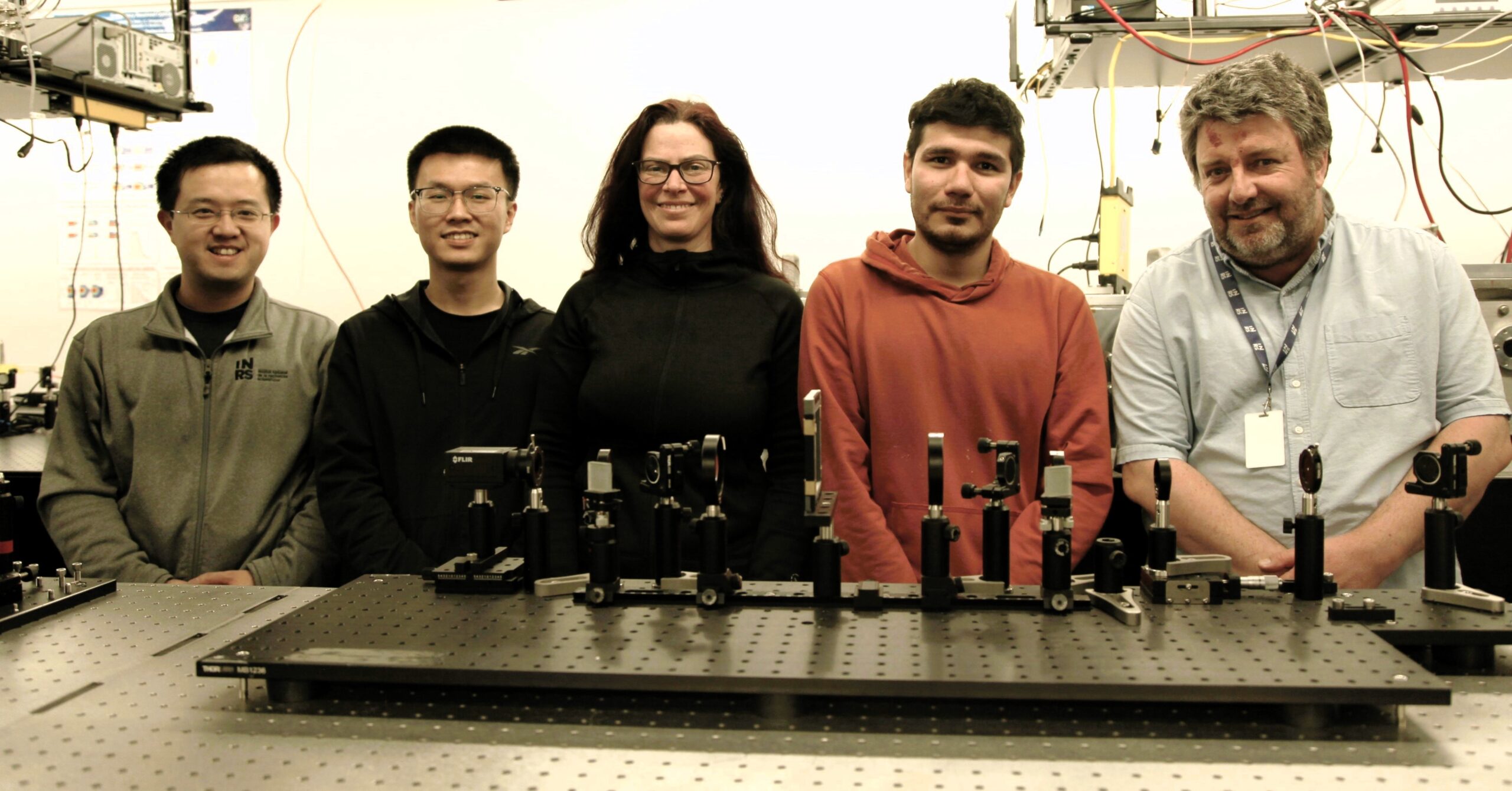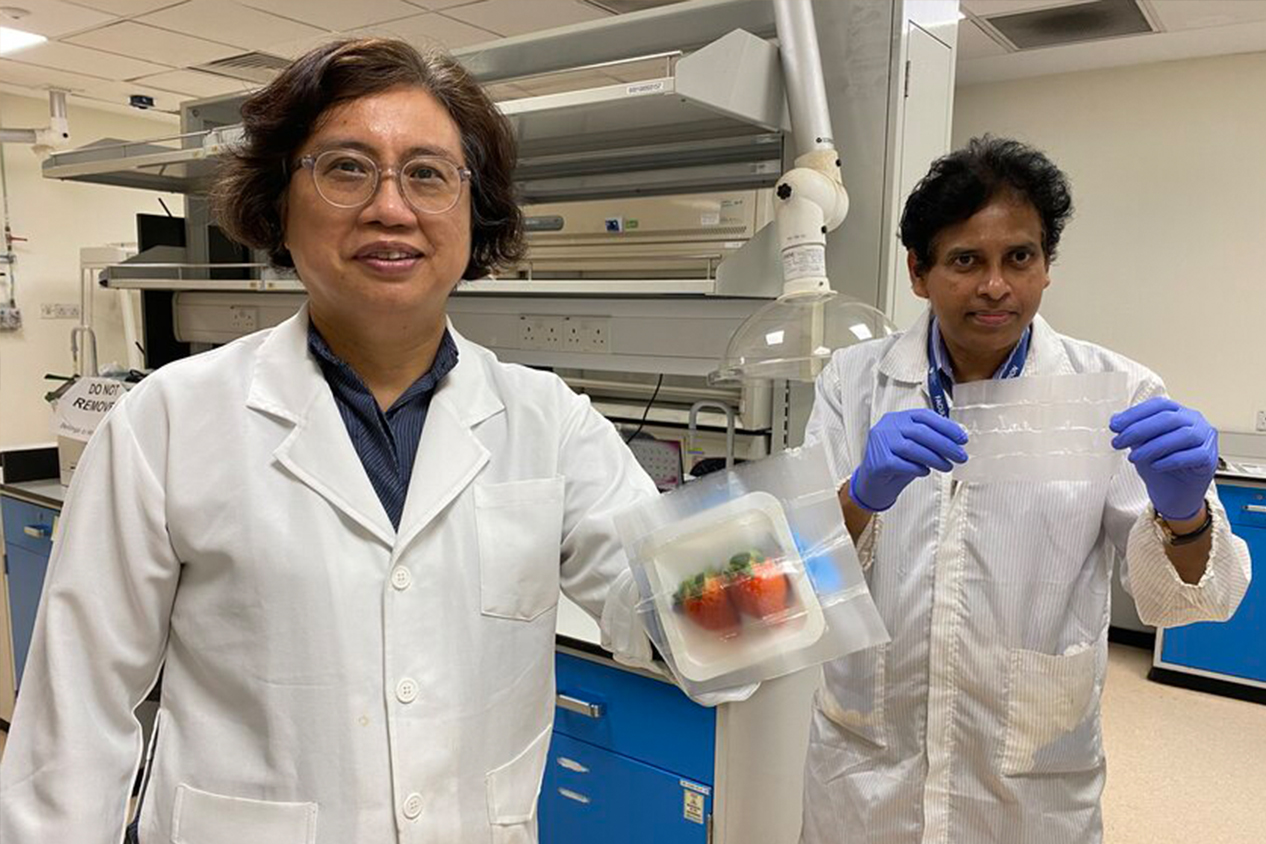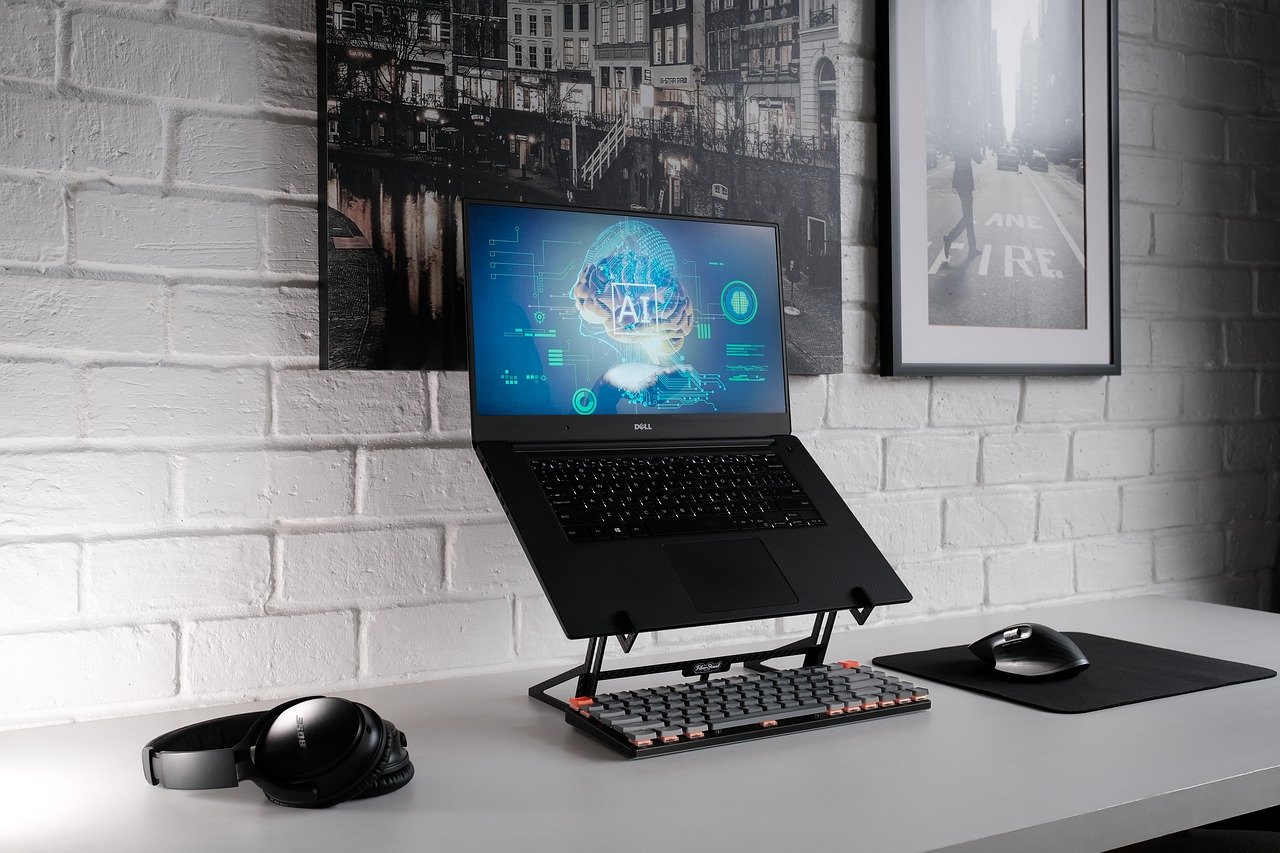It has been a year now since the COVID-19 pandemic hit humanity and all aspects of its existence. The manufacturing of goods is only one of the sectors that had a dramatic change, experiencing an accelerated development and an unprecedented push towards a newly shaped reality. The World Economic Forum along with Kearney have published a white paper where they attempt to record these changes as well as chart our sailing course for the upcoming period.
First of all, there’s only a 25% that claims to have had no significant disruption either on the demand or the supply side of their operations. The other 75% has had a very notable disruption, so a large number of companies had to adapt to a very different environment.
From a pool of 400 survey participants who were questioned, those working as executives to smaller entities (in financial size) declared greater difficulties in adjusting their supply chain network and taking care of general organizational matters.
The five key points that were present in the feedback of all senior executives though include the following things:
- Versatility in manufacturing is key, as consumer habits change rapidly and oftentimes dramatically.
- Agile manufacturing and supply system setups have been fully allocated to AI-based solutions.
- Logistics coordination across and within global value chains is pivotal.
- Adopting all possible methods of manufacturing resilience is more imperative than it ever was.
- Collaborating with other companies or even the authorities in addressing social and environmental challenges, sharing the responsibilities and by extension the burdens, can mean a lot for struggling entities.
The changes that have been introduced by this pandemic aren’t temporary, and even if the virus suddenly disappeared or mutated itself out of the effectiveness range, these changes wouldn’t have to be reversed as they are beneficial anyway. Being lean and versatile are two traits that will be valued a lot more compared to the past, and we are now seeing “boutique manufacturing” becoming a specialized and flourishing industry in itself.







